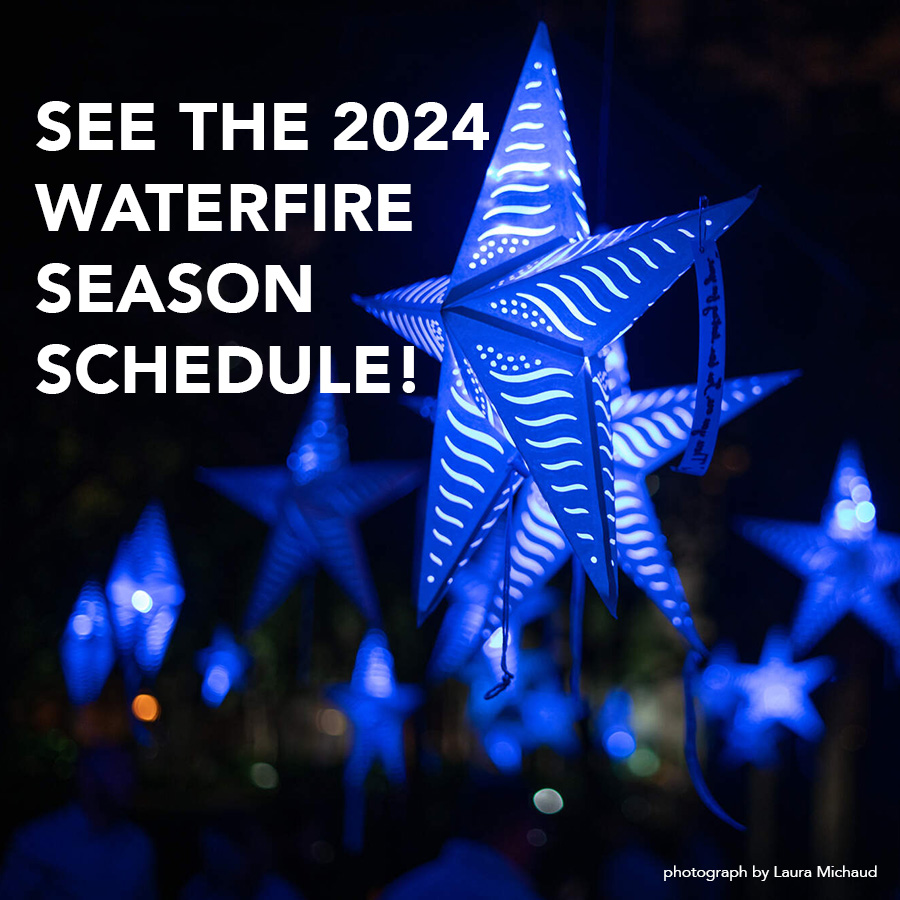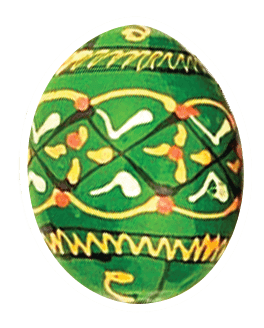It is difficult for most 21st-century museum-goers — let alone the average person who does not attend museums — to imagine a time when art mattered. Yet, as recently as 1863, French painter Edouard Manet put away his painting of a young nude woman out of fear of public reaction. When he found the courage to exhibit it two years later, his fears were confirmed. His painting of the nude, which he titled Olympia, carries no obvious markers of offensiveness. Yet it was splattered every day of its exhibition with rotten fruits and vegetables hurled at it by an infuriated public. For whatever reasons, art mattered and the public cared. Manet is now extolled as a genius, and Olympia, looks less offensive than ever; but even today, perhaps in memory of the original event, Olympia sits ambivalently at the Musée d’Orsay in Paris behind ropes and stanchions.
This is not to say that in the 20th century, art has failed to offend; far from it. There are numerous examples of “offensive” art that have been regarded as important enough even to be debated on the Senate floor. The feminist Dinner Party (1975-79) by Judy Chicago, the homo-erotic photography (1989) of Robert Mapplethorpe, and Piss Christ (1989) by Andres Serrano are credited with almost singlehandedly shutting down allocations of public funds to the National Endowment for the Arts. Now regarded as canonical by art professionals, these works, and more particularly, their subjects, were too much to bear for the public, or more particularly, the public purse. For better or for worse, art once again mattered and the public, at least the politically-powerful public, cared.
It was Serrano, in particular, who had found the fastest route to offense: sacrilege. “He has put our Lord in a vat of urine!” railed Senator Jesse Helms, in a violent debate about the place, meaning, and function of religious art that has confused the distinction between icon and art, if not church and state, at least since the 8th century. The debate, as well as the confusion, persisted as recently as 1999 when New York Mayor Rudolph Guiliani attempted to close down the Brooklyn Museum of Art for its exhibition of Chris Ofili’s Holy Virgin Mary with Elephant Dung. The public genuinely seemed to care about the meaning of and potential for sacrilege in the work, but they were suspicious of the political manipulations. The Brooklyn Museum, with its Ofili paintings now proudly behind ropes and stanchions like Manet’s Olympia, remained open.
Even without an apparently offensive subject, art, when thrown in the public’s face, has often been found to be offensive. In public spaces, trained by a long history of innocuous park monuments and memorials, the contemporary American pedestrian has developed an expectation that art will not intrude. Thus, when Carl André’s Stone Field Sculpture (1977) in Hartford or Richard Serra’s Tilted Arc (1981) in Manhattan demanded by their nature to be dealt with, the public grew hostile. These works had pretensions — but no apparent indicators — of art. They were in our space in an invasive way that was impossible to avoid, and they were paid for by money that was not entirely private. In much-publicized court cases, these pieces were either modified toward greater invisibility (André) or when that was impossible, removed (Serra). But their appearance and disappearance, and the public interaction in between, ultimately helped to define art in public places in the postmodern era.
It is clearly ironic that it was against this backdrop that public programs like Percent for Art, which mandates a percentage of building costs on government projects to public art, emerged. Nonetheless, it did so as part and parcel of a national initiative of new “urban renaissance.” The suburbanization of America was in full swing in the 1950s and clinched with “white flight” in the 1960s. When Oregon first legislated Percent for Art as a vanguard program in 1975, it was widely acknowledged that all but the biggest and best of America’s cities were in decay. From an aesthetic point of view, art could make our cities visually appealing; from a sociological one, it could be the stereotypical fulcrum around which our “elite” populations might be tempted downtown.
In fact, by the 1980s, there were precious few examples of modern American public art that had, indeed, satisfied the public. Perhaps the most successful was Maya Ying Lin’s Vietnam Veterans’ Memorial (1982) in Washington, D.C. Its most widely acknowledged characteristic was its deference: it did not insist on meeting us, we had to go to it; it was not declamatory, and in fact, moved deeper into the earth as we approached it; and although this issue became controversial, it was sited appropriately in the context of other memorials to our national history. Finally, it seemed not to be about art, but about people. An expansive but simple V-shaped wall, one did not go in pilgrimage to it so much as to a particular name engraved upon it. There, one found the name one sought, but also one’s own reflection in the sleek black granite, and all around, a community of people who had come in pilgrimage for the same purpose. While art history has taught us that pleasing the public is not an indelible characteristic of great art, the Vietnam Veterans’ Memorial had done something few works of public art in the 20th century had done: this was public art about the public, and we liked it.
It is with temerity that any artist should engage public art, and that artist should have a clear understanding of his or her degree of commitment to the public. Like Maya Ying Lin, Barnaby Evans has created a work that uniquely nourishes the public, and for many of the same reasons. WaterFire is a remarkably respectful work of art. That one must choose to go to it — or not — is a supreme and unusual act of deference on the part of a contemporary artist who works in public spaces; it is at a remove from us, so that it retains its mystery as something not held, but looked upon; it is composed in concert with its context, the fires turning with the river, carefully floating on top of it; and finally, it is a work that is about people. This beloved work attracts hundreds of thousands of visitors down-city each year, and is considered by many not just the first, but the definitive component of the Providence “urban renaissance.” But its impact goes well beyond the numbers. WaterFire is about the kind of community we make as we enact the passagio, dance the salsa at Sovereign Plaza, or share the river-bank terrace of Café Nuovo with the city’s Mayor. The artist has purposefully nurtured these associations and connections in a way that has made them integral to the WaterFire experience.
This could be called the art of balance, for Evans has counterpoised the varied demands of public art as would a master engineer. His ultimate achievement is in the act of balancing the very term itself, the charged and sometimes oxymoronic concepts of public and art. Serra, of Tilted Arc, once wrote about making art for public spaces that “after the piece is created, the space will be understood as a function of the sculpture.” Many have contended that while this might make him an extraordinary sculptor, it impugned his work as a public artist. Evans has never gone at WaterFire with this philosophy. From the start, the artist embraced the opportunity to highlight the reconstitution of the Moshassuck and Woonasquatucket rivers, the new park construction along its banks, and the reclamation of the larger urban community: public art taking a proud place as part of the “urban renaissance.” He has done that so successfully, that WaterFire is now synonymous with it. He has returned the public to public art so well that we have taken ownership of the piece as the symbol of Providence’s civic identity and pride. For his part, Evans carefully respects the relationship, referring to the army of volunteers who light the fires as “performers” and consistently reaching out for community involvement to make WaterFire an omni-urban event. But even this requires a careful act of balance in order not to compromise the integrity of the work itself.
The art in the public art of WaterFire is an equally fine-tuned balancing act. At least since the ‘60s, public art has been identified with the otherwise “low” forms of communication media — billboards, magazines, television, and film. “High” art has fallen in line with the media’s characteristic bigness, brashness, and slickness in a way that periodically obliterates the distinctions between the two. Many have seen this as a healthy, or at least archetypal, development at the dawn of the post-modern era, making art of all sorts accessible to people of all sorts. True to its time, as a sensorial experience, WaterFire is not subtle. In what can be called a synaesthetic experience, it strongly strikes a variety of senses simultaneously: one sees the flames, one hears the music, one smells the aromatic cedar, one feels the heat, one tastes the smoke, one moves along the river’s edge, and so on. One can leave the experience at that. And yet, if one enters into communication with the piece, meaningful contemplation of the elements or the moment beyond the senses, a transcendence takes over that is often a hallmark of the finest works of art. It is, in any case, a hallmark of art to which we return again and again to reclaim the experience of communion that happens in the tiny space between us and something else, something bigger, in that perfect instant of balance.
Deborah J. Johnson is an Associate Professor of Art History at Providence College.









